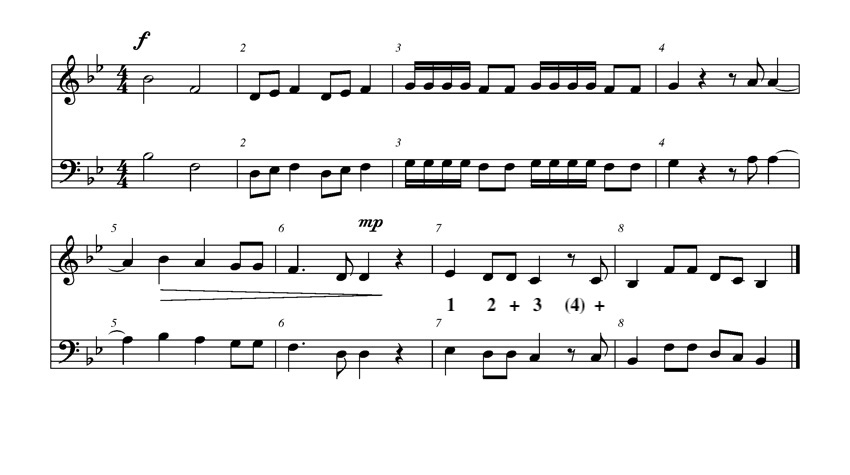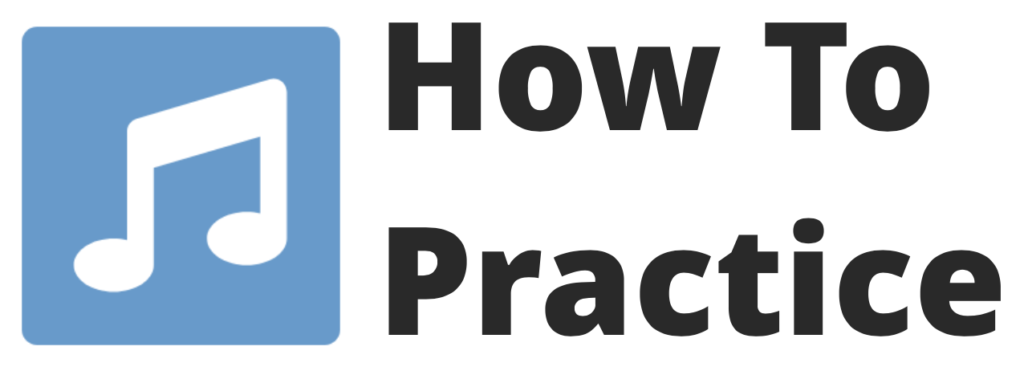
Develop a routine.
A consistent routine will help you reinforce your skills and ground you when nerves hit during an audition. You can count on your routine to see you through from start to finish.
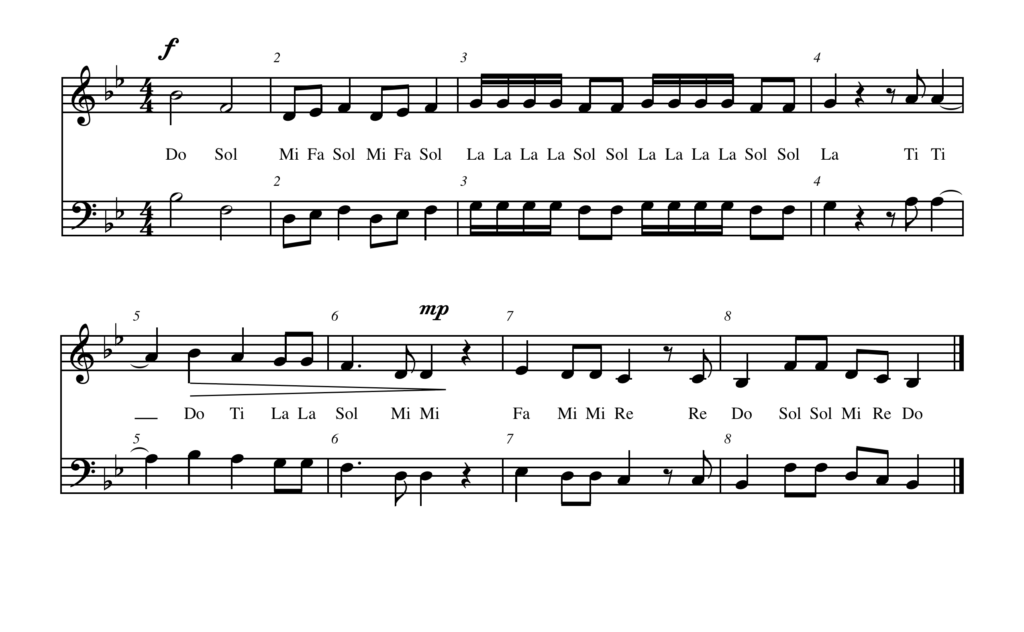
Identify the time signature and the key.
Start every exercise with this step.
The time signature is critical to understanding rhythm. Once you know how many beats are in a measure, you know what you’re counting to.
The key signature will show you where Do is. Once you know what note represents Do, search through the exercise and find it.
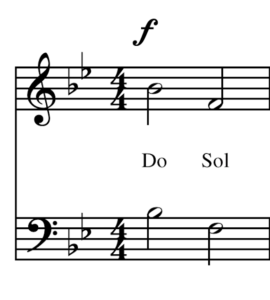
Look for the problem areas.
Most exercises will have a tricky spot or two.
Take a good look around. Are there any rhythms that look unfamiliar? Do the dynamics change suddenly? Make a good mental note of those areas before you start.
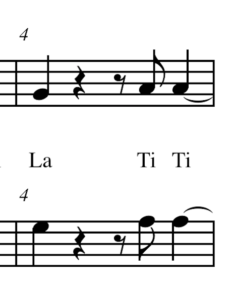
Work out the rhythm.
Count and clap the rhythm.
You know the time signature, so you know what you’re counting to. Practice the tricky measures first. Then, set a slow but steady tempo and clap it out. Keep going even if you struggle.
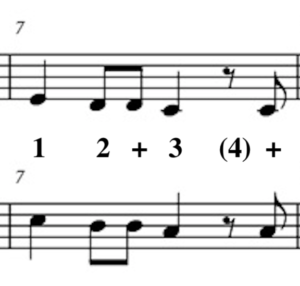
Look for the leaps.
Scan each measure and find the leaps.
When you find leaps, look at the Solfege. The most common leap is from Sol to Do. Perhaps the leaps in the tonic chord—Do > Mi > Sol. Sing through those leaps to get them in your head.
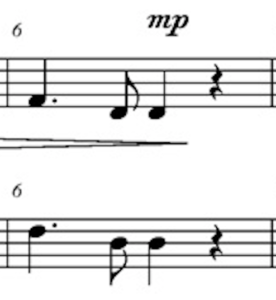
You're ready to practice!
Slow and steady wins the race.
Get your starting pitch, count yourself in and go. Don’t stop, even if you struggle. Make a note of where you had trouble, so you can work through that again.
How did you do? Listen to audio track to compare.
